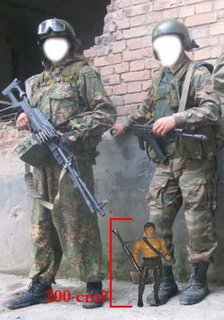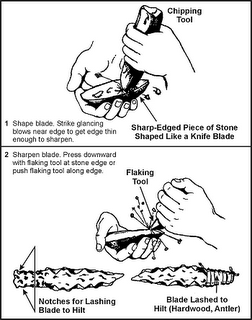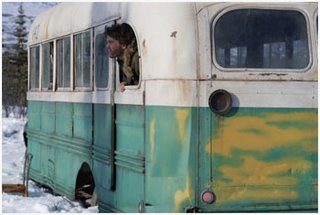This article was written by Dr. Larry Miller (former head of Emergency Medicine at the Baptist Health System in San Antonio and Medical Director for several EMS Systems). I think it provides some great perspective on the current situation and gives an alternative viewpoint to all of the media hype.
Swine Flu - The Journalistic Scaredemic
April 28, 2009
Swine Flu is a new strain of influenza that has yet to cause a death in the USA. That being the case, why are Americans in a state of panic over the Swine flu?
The answer is that the media (CNN, ABC, NBC, USA Today, along with other publications) have stirred the public into a virtual frenzy. They are bombarding us with hysteria. They love it. Nothing turns them on more than to sensationalize mountains out of molehills. In the case of the Swine Flu, the media is guilty of causing an epidemic of panic. They are guilty because they relentlessly hype this dubious threat into a certain deadly pandemic.
Let's look at the facts:
Seasonal influenza causes thousands of deaths every week during flu season in the USA. The CDC estimates that seasonal flu causes over 36,000 deaths per year (200,000 hospital admissions) and over 500,000 deaths per year in the world. Does the media discuss these statistics? No. Why? Because these are boring facts - not sensational news that bolsters their ratings and increases their revenue.
How is Swine Flu different than regular seasonal flu?
It has become the "boogie man", used by the media to terrorize the public. And they are getting away with it. Yes, the Swine Flu will eventually kill people in the US, but the chance of it becoming more dangerous than seasonal flu is unlikely. Unfortunately, the media is even scaring medical and public officials into irrational behavior. Why are they closing schools for Swine flu (that has yet to kill anyone) but not for seasonal flu (that kills thousands every week)?
What other biological threats do we encounter every day?
Tuberculosis, Streptococcus (flesh eating bacteria), AIDS, Hepatitis, Pneumonia, Influenza, Staphylococcus, E Coli, Salmonella, Shegella, and the list goes on and on. Thousands die every week from these infections; some are incurable and untreatable. I would much rather be infected with Swine Flu which is susceptible to several antiviral agents, than to have MRSA that often cannot be cured.
As EMS leaders what should we do?
We already have protocols that address exposure to dangerous biological threats. As long as we practice our usual and customary universal precautions we will not contract Swine Flu or any of the far more dangerous biologics we encounter every day. We do not have to change any policy, protocol or procedure. We do have to use common sense and notify supervisors or medical control if we are concerned about a particular incident.
We live in an environment of danger from infectious diseases. Swine Flu is only one of them. How do we stay healthy? Most folks have a strong immune system that protects them. In medicine we work in the midst of such infections, but rarely contract them because we use universal precautions (gloves, masks, and gowns) to keep us safe.
What we in the medical field need to do, more than anything else is to remain calm and reassure our patients that the sky is not falling in. Be understanding and prepared, but do not get caught up in the hype and hysteria. We need to be a voice of sanity in an insane world.
During the last great war, Franklin D. Roosevelt said, "The only thing we have to fear is fear itself." That has not changed.
As a rational scientific community, we should reprimand the media for their irresponsible behavior. Force them to develop a balanced approach to a potential problem. As it stands today, they have inadvertently become the problem. They are the Epidemic (Scaredemic).
Larry J Miller MD
miller 'at' gvtc.com





